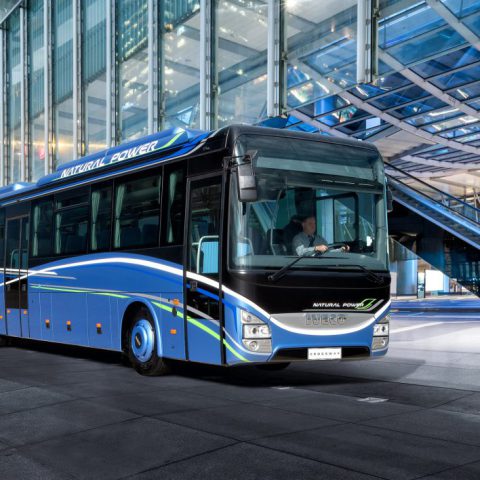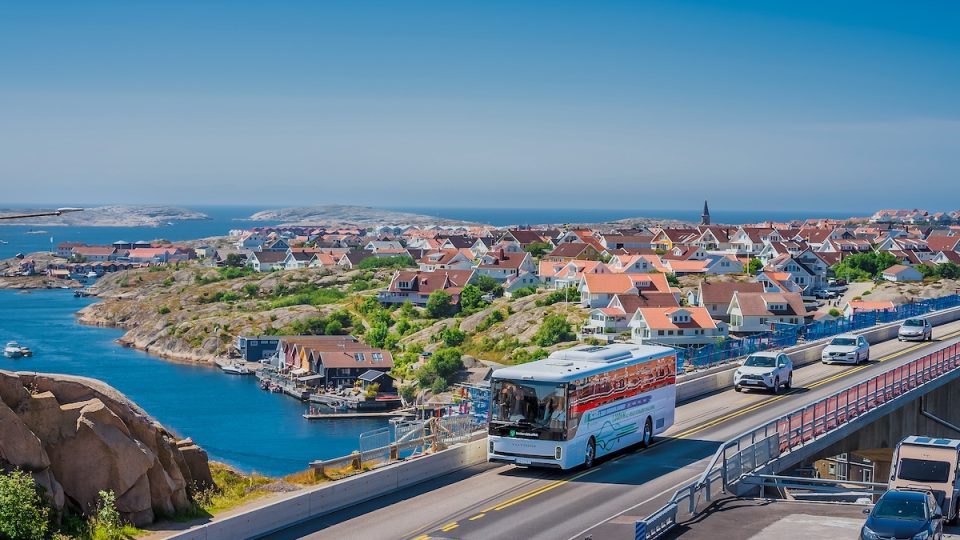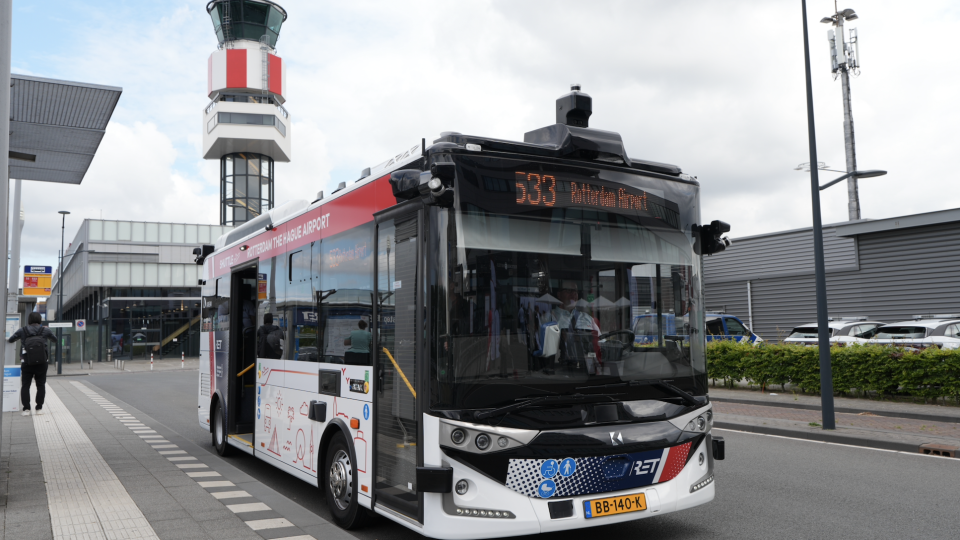New diesel Low Entry buses risk to be banned from 2030 due to discrepancy in definitions between EU regulations
A significant discrepancy has emerged between the new CO2 regulations put forth by the EU Commission and the Clean Vehicle Directive, in force since 2021. This discrepancy revolves around the definition of an urban bus and carries substantial implications for the decarbonization initiatives in the public transport sector. Lucie Petersen, Senior European Policy Expert at […]

A significant discrepancy has emerged between the new CO2 regulations put forth by the EU Commission and the Clean Vehicle Directive, in force since 2021. This discrepancy revolves around the definition of an urban bus and carries substantial implications for the decarbonization initiatives in the public transport sector.
Lucie Petersen, Senior European Policy Expert at UITP (International Association of Public Transport), has brought attention to this issue in a statement during Sustainable Bus Tour VideoSpotlight latest event in mid-April.
EU CO2 regulation and Clean Vehicle Directive, a significant discrepancy
“Under the Clean Vehicle Directive, the focus has primarily been on Class 1 and Class A buses. These types of vehicles have been at the forefront of public transport operators’ and authorities’ efforts to transition to low-carbon alternatives. However, the proposed CO2 regulations expand the definition to include Class 2 buses with Low Entry“, said Lucie Petersen. According to the EU Commission’ proposal, among the type of buses whose diesel version will be banned from sales from 2030 there are also, indeed, Low Entry buses.
“We think the CO2 proposal by EU Commission should be aligned with the Clean Vehicle Directive to make sure that the easiest to decarbonize are dealt with first”, concluded UITP’s Senior European Policy Expert.








